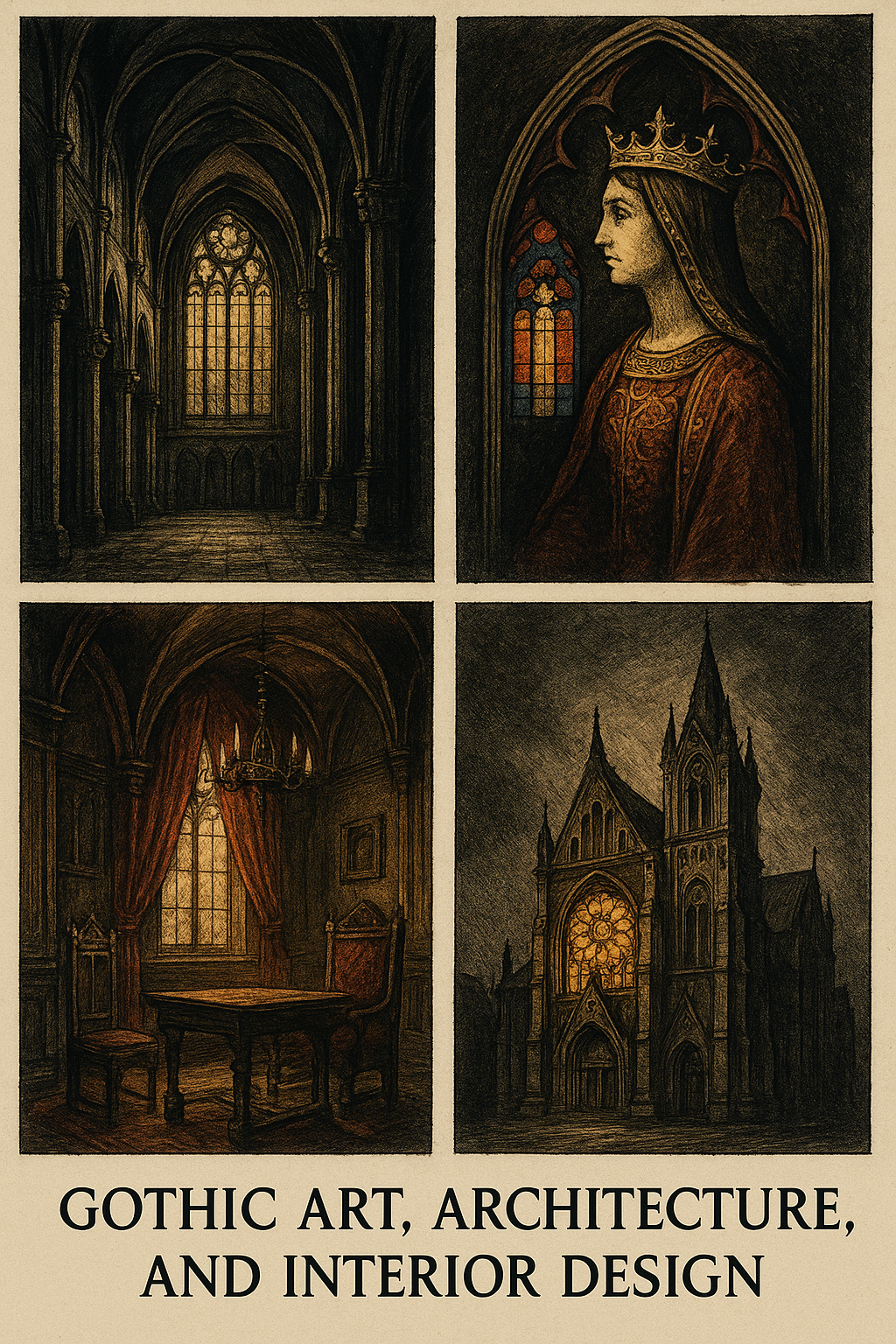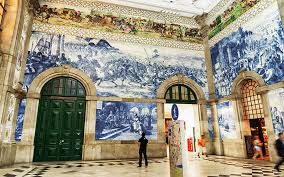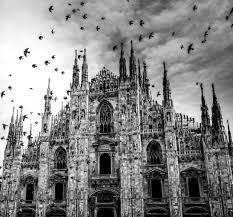
Few styles capture the imagination as powerfully as Gothic. Emerging in medieval Europe, Gothic art and architecture married soaring ambition with intricate craftsmanship, creating spaces that felt at once awe-inspiring and deeply spiritual. From the pointed arches of towering cathedrals to the atmospheric interiors of neo-Gothic revival homes, this style has left an indelible mark on art, design, and our collective cultural imagination.
This is truly one of my favorite art styles.
Origins of Gothic Style
Gothic art and architecture flourished between the 12th and 16th centuries, beginning in France before spreading across Europe. The style developed as a departure from the heavy solidity of Romanesque architecture, favoring height, light, and ornate detailing.
The term “Gothic” was coined much later during the Renaissance—initially as a pejorative implying barbarism—yet it has since become synonymous with grace, drama, and complexity.
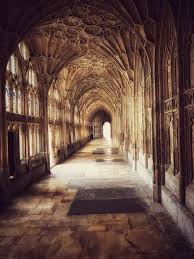
Gothic Architecture
At its heart, Gothic architecture was about engineering wonder and spiritual transcendence. Churches and cathedrals became the defining expressions of the style, designed to lift the gaze (and the soul) heavenward.
Key Features:
• Pointed Arches – Stronger than rounded Romanesque arches, they allowed for taller, more slender structures.
• Ribbed Vaults – An innovation that distributed weight more efficiently, enabling expansive ceilings.
• Flying Buttresses – External supports that freed walls from load-bearing duties, allowing for vast stained-glass windows.
• Stained Glass – Windows became biblical storybooks, casting jewel-toned light across stone floors.
• Vertical Emphasis – Spires, pinnacles, and tall windows drew the eye upward.
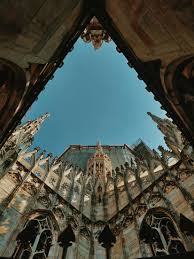
Important Architects and Master Builders:
• Abbot Suger – While not an architect in the modern sense, his redesign of Saint-Denis Basilica (1137–1144) near Paris is considered the birth of Gothic architecture.
• William of Sens – Architect of Canterbury Cathedral’s choir, introducing French Gothic to England.
• Peter Parler – Bohemian master builder of St. Vitus Cathedral in Prague.
• Jean-Baptiste Lassus & Eugène Viollet-le-Duc – Leaders of the 19th-century Gothic Revival, restoring Notre-Dame de Paris and Carcassonne.
Gothic Art
Gothic art evolved alongside architecture, reflecting the same fascination with light, narrative, and elaborate detail.
Notable Elements:
• Illuminated Manuscripts – Intricate, hand-painted books with gold leaf and vivid pigments.
• Panel Painting – Religious imagery framed in ornate Gothic tracery.
• Sculpture – Often integrated into architecture, with saints, gargoyles, and fantastical creatures carved into façades.
• Stained Glass Design – A high art form in itself, combining craftsmanship and storytelling.
Gothic Interior Design
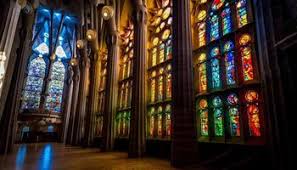
While we often associate Gothic with monumental architecture, its influence has found its way into residential interiors, especially during the Gothic Revival of the 19th century and in modern reinterpretations.
Defining Characteristics in Interiors:
• Architectural Details Indoors – Pointed arches framing doorways, ribbed ceilings, and ornate wood paneling.
• Color Palette – Rich, deep hues: burgundy, midnight blue, forest green, and gold accents.
• Furniture – Heavy oak or walnut with intricate carving; high-backed chairs; trestle tables.
• Decorative Elements – Stained glass inserts, wrought iron chandeliers, heraldic motifs, and patterned stone or tile floors.
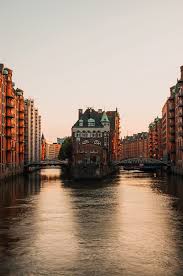
• Textiles – Velvet, damask, and brocade draperies often paired with tassels and fringes.
Gothic Revival and Modern Influence
The 18th and 19th centuries saw a romantic revival of Gothic forms, particularly in England and France. This movement was championed by architects like Augustus Pugin in Britain, whose designs for the Palace of Westminster cemented the style’s political grandeur.
Today, Gothic elements are embraced in everything from boutique hotels to residential lofts—often reimagined with minimalist restraint or industrial contrast. In interior design, Gothic can be adapted with subtle touches: a pointed window frame, a statement chandelier, or a moody color scheme paired with modern furniture.
Why Gothic Still Captivates
Gothic design is as much about emotion as it is about form. Its drama lies in contrast—between shadow and light, delicacy and solidity, heavenward aspiration and earthly detail. Whether experienced in the echoing nave of a cathedral or in the quiet elegance of a Gothic-inspired living room, it speaks to a timeless desire to merge beauty, storytelling, and spiritual presence in design.
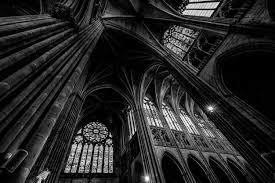
“The Gothic is not a style—it is an aspiration to touch the divine through stone, glass, and light.”
Thanks for reading. For more articles go to my main page, rkartandesign.com
For my short stories, head to my story blog: storytimebyrk.com
You can sign up for emails to be alerted when I have a new blog post.
